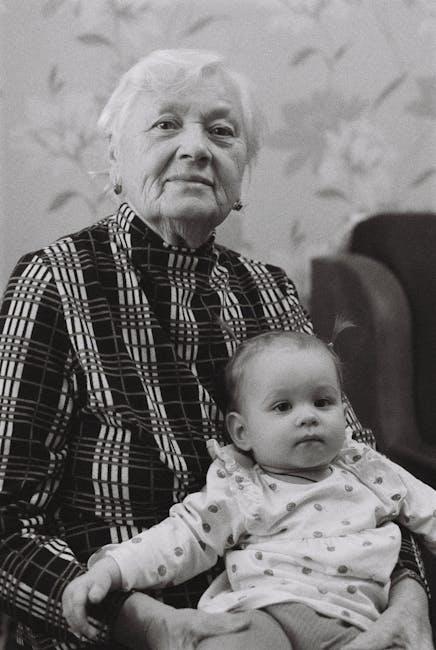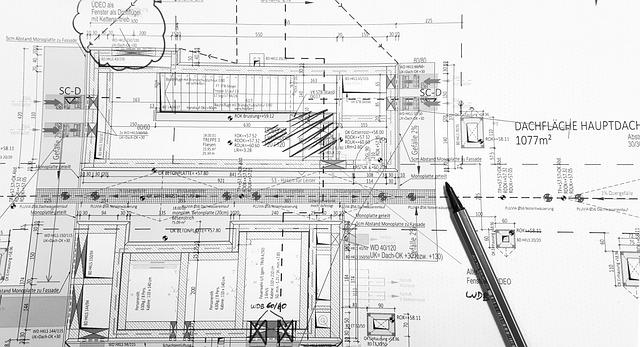In the quiet moments of reflection, when the hustle of everyday life slows to a gentle hum, we often find ourselves pondering the footprints we wish to leave behind. The thought of legacy—what remains when we are no longer present—carries a profound weight, echoing the values, dreams, and hopes we hold dear. Creating a legacy plan for your family is not merely about the distribution of assets; it is an intimate journey into the heart of what it means to nurture, protect, and inspire future generations. It is a loving blueprint that whispers your story, safeguarding cherished memories and hard-earned wisdom, while fostering a foundation for those who come after you to build upon. In this article, we will explore the art of crafting a legacy plan, a thoughtful endeavor that blends practicality with heart, ensuring that your essence continues to resonate and uplift, long after the ink has dried.
Crafting Your Familys Future with Care and Compassion
Building a legacy plan is more than just a financial endeavor; it’s about ensuring that the values and dreams you hold dear are passed down through generations. Start by reflecting on your family’s core values and beliefs, those intangible treasures that make your family unique. What principles do you want your children and grandchildren to carry forward? Consider creating a family mission statement that encapsulates these ideals and can guide future decisions.
- Communicate Openly: Encourage family discussions about future goals and aspirations, fostering a supportive environment where everyone feels heard.
- Plan Thoughtfully: Work with financial advisors to craft a plan that aligns with your family’s goals, balancing immediate needs with long-term aspirations.
- Celebrate Traditions: Identify and nurture family traditions that can be cherished and continued by future generations, strengthening bonds and creating shared memories.
By approaching your legacy with care and compassion, you’re not just planning for financial stability but also nurturing a family culture rich in love, respect, and understanding. This thoughtful approach ensures that your legacy is not just a plan, but a living, breathing testament to your family’s journey and future.

Understanding the Core Elements of a Legacy Plan
Crafting a legacy plan is more than just a financial exercise; it’s a heartfelt journey of securing your family’s future and preserving cherished values. At its core, a legacy plan encompasses several crucial elements that ensure your wishes are honored and your loved ones are protected. The key components include:
- Wills and Trusts: These legal instruments are the backbone of any legacy plan, detailing how your assets will be distributed. While a will is a straightforward document, a trust can offer more control and privacy.
- Healthcare Directives: It’s essential to articulate your healthcare preferences through living wills and medical power of attorney, providing guidance to your family during difficult times.
- Financial Power of Attorney: Designating someone to manage your financial affairs ensures that bills are paid and investments are managed, even if you’re unable to do so.
By focusing on these elements, you’re not just planning for the inevitable; you’re creating a lasting impact that echoes your life’s values and aspirations. This thoughtful preparation can bring peace of mind, knowing your family is safeguarded and your legacy lives on.

Personalizing Your Legacy: Tailoring to Family Needs and Values
Crafting a legacy plan is not just about the financial aspects; it’s about weaving a tapestry that reflects the unique needs and cherished values of your family. Begin by identifying what matters most to your loved ones. Are there family traditions or cultural values that you want to preserve? Consider creating a list of core values and principles that your family holds dear, and think about how these can be integrated into your legacy plan.
- Family Stories and Traditions: Document stories and traditions that can be passed down through generations. These narratives are powerful threads that connect your family’s past, present, and future.
- Charitable Giving: If philanthropy is a value you cherish, outline how you wish to support causes that resonate with your family. This not only honors your values but also inspires future generations to continue giving.
- Education and Personal Development: Consider setting up educational funds or opportunities for growth that align with your family’s values, ensuring that your legacy empowers your descendants.
Personalizing your legacy in this way ensures it becomes a living document that evolves with your family, fostering a sense of identity and continuity. Embrace this opportunity to create a plan that is as dynamic and unique as your family itself.
Guiding Your Loved Ones: Effective Communication and Documentation Strategies
Creating a legacy plan is more than just a checklist of financial assets; it’s a heartfelt endeavor that ensures your values, memories, and love continue to resonate with future generations. Effective communication is key in this process. Engage in open conversations with your loved ones about your wishes and the significance behind them. Encourage them to share their thoughts and concerns, fostering a dialogue that brings clarity and peace of mind.
Documentation should be approached with the same thoughtfulness. Consider crafting a comprehensive legacy binder that includes:
- Personal Letters: Handwritten notes to family members expressing your hopes, dreams, and cherished memories.
- Ethical Will: A document conveying your values, life lessons, and blessings.
- Family Recipes: Passed down through generations, these are more than instructions—they’re stories told through taste.
- Photographs and Videos: Curate a collection that captures the essence of your family’s journey.
By prioritizing these elements, you not only safeguard your tangible assets but also the intangible treasures that define your family’s identity.


